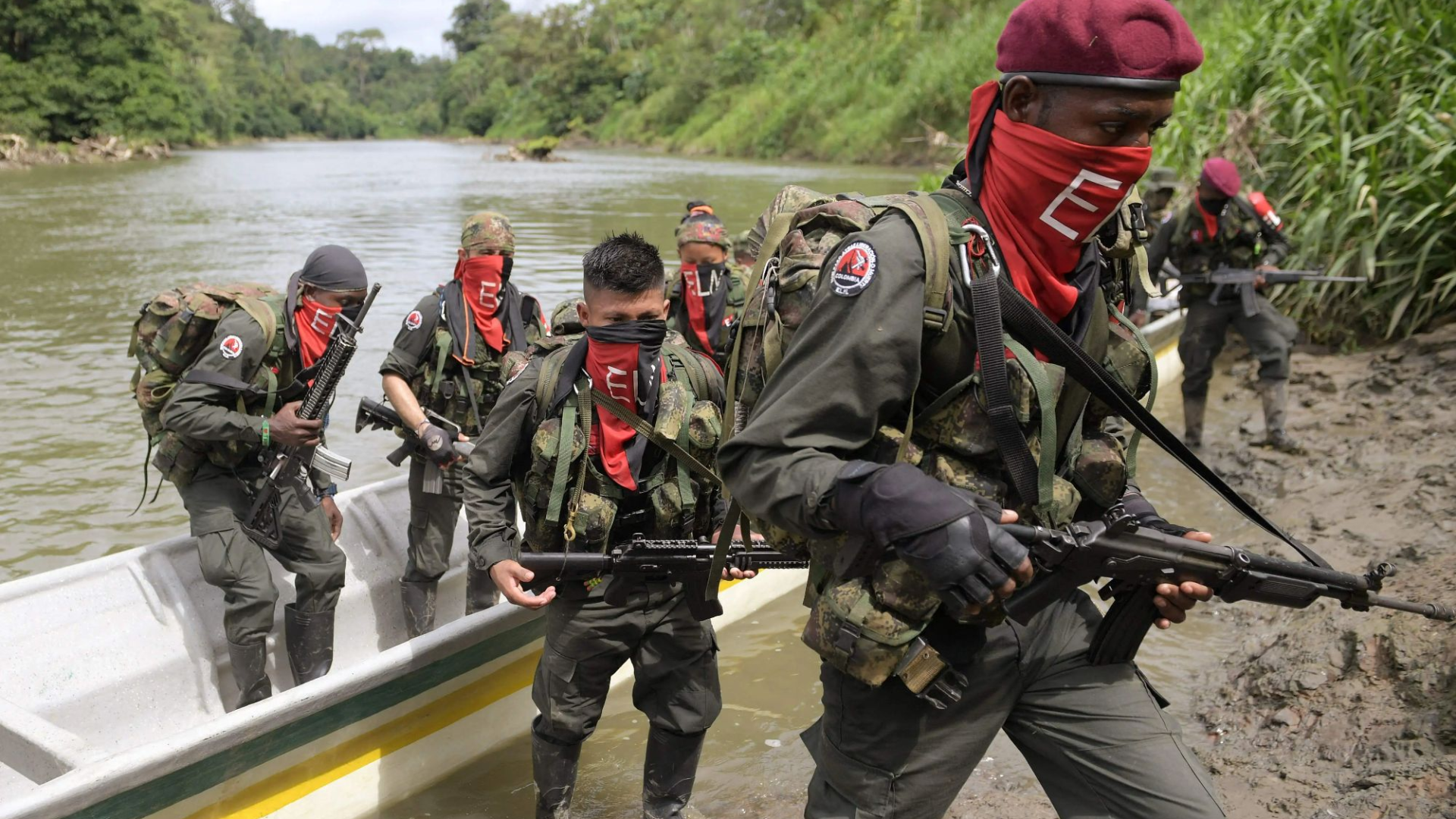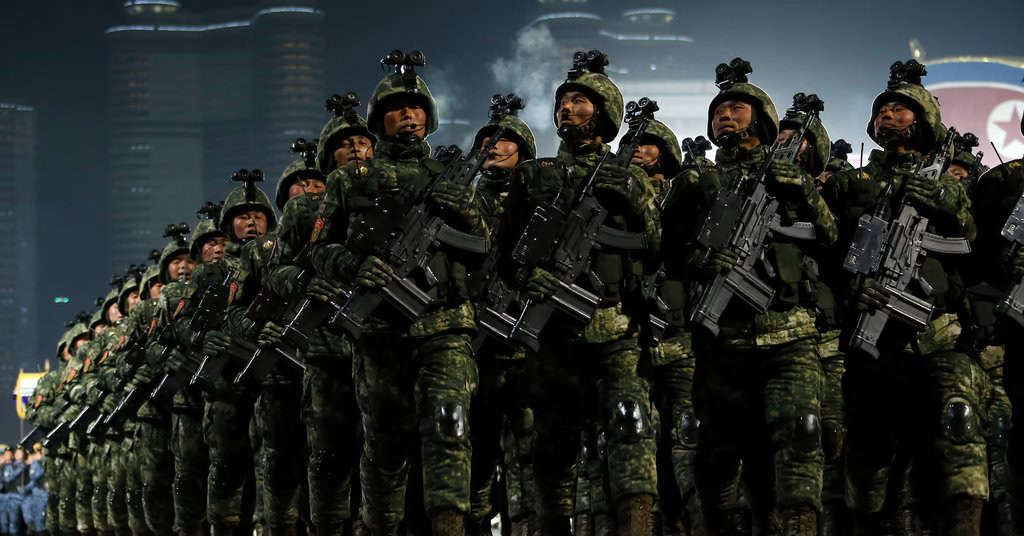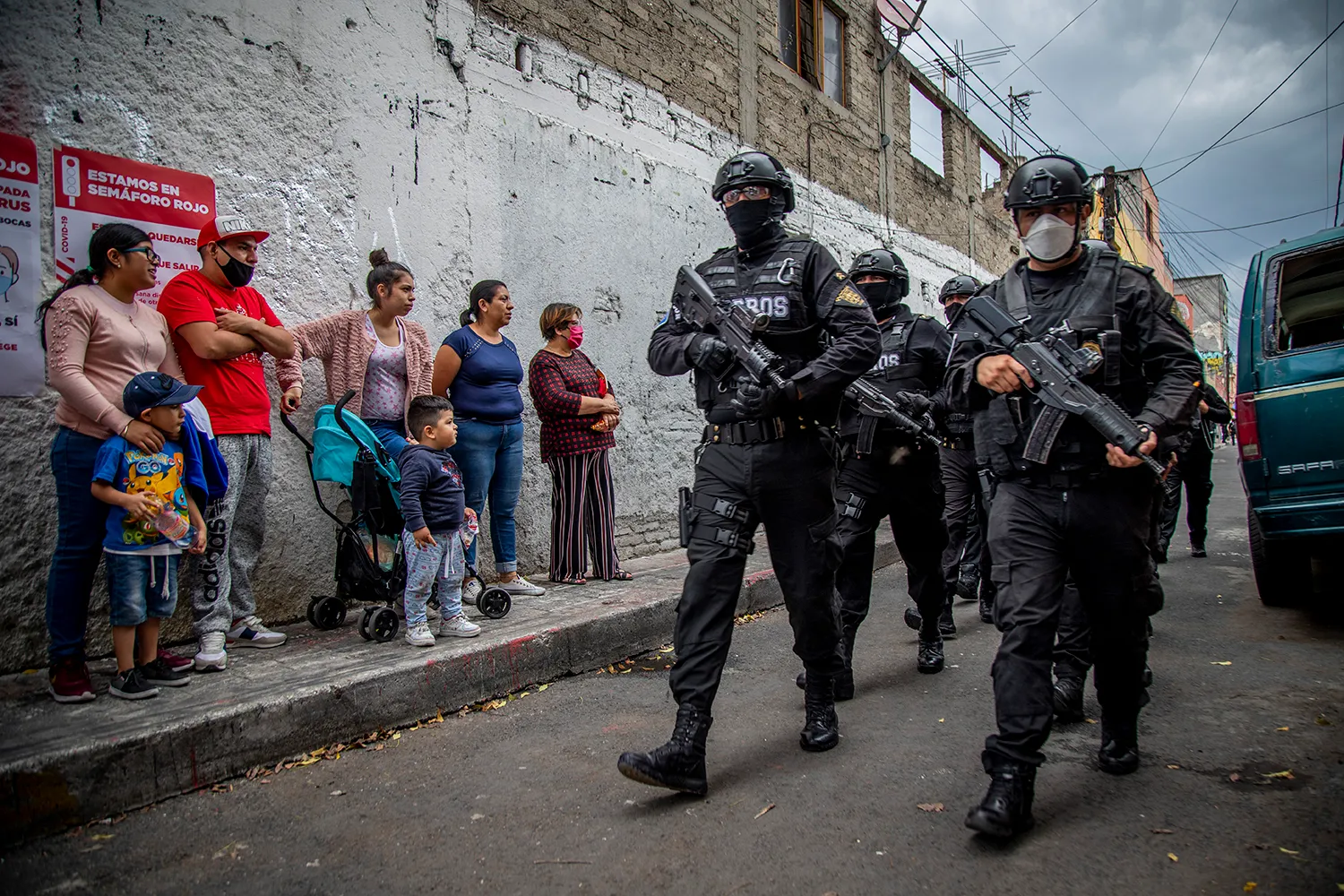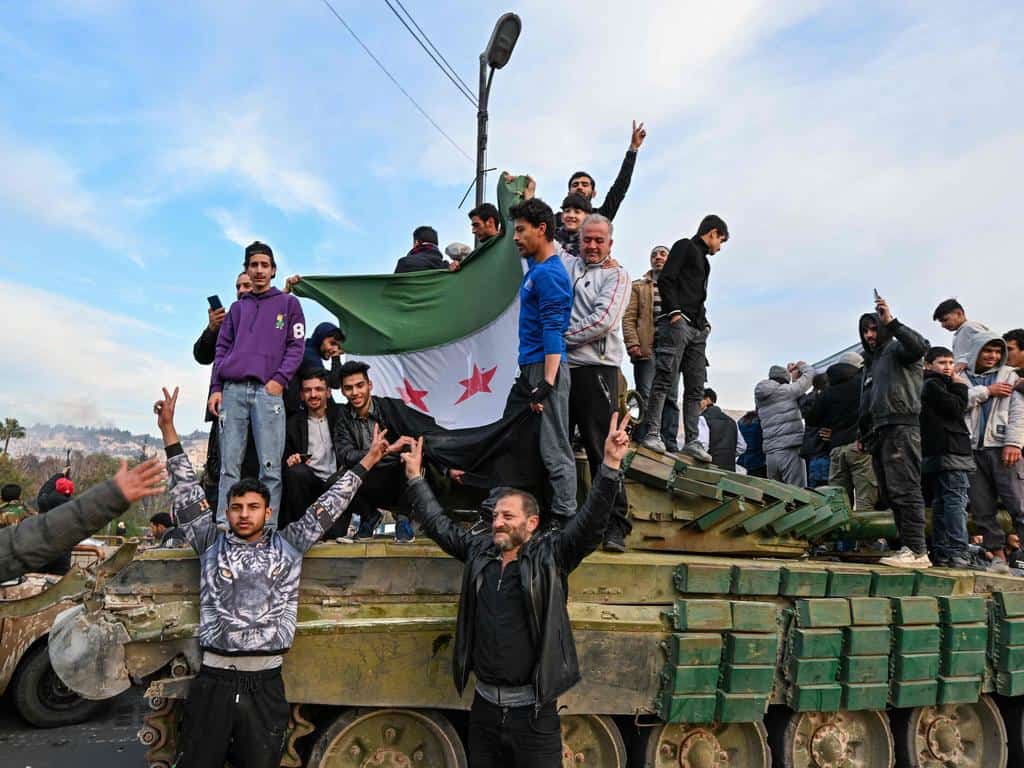Recent Escalation in Attacks by ELN
Colombia is witnessing a troubling surge in attacks by the National Liberation Army (ELN), a communist guerrilla group that has been active since the 1960s. The latest incident involved a devastating attack using explosives on the Caño Limón-Coveñas gas pipeline, a crucial conduit linking the departments of Cesar and Norte de Santander. This assault follows closely on the heels of a similar attack near Saravena, Arauca, located in northern Colombia near the border with Venezuela.
Ceasefire Collapse and Renewed Hostilities
These recent attacks come in the wake of a failed ceasefire between the Colombian government and the ELN, which expired on August 3, 2024. The ceasefire had initially been agreed upon for six months starting August 3, 2023, but was extended as both parties sought to stabilize the situation. However, recent peace negotiations with the ELN have faltered, particularly after the Colombian government opted to engage with the group’s Nariño front separately, leaving overall peace efforts in disarray.
Government Response and Security Concerns
In response to the pipeline attack, Colombian authorities have launched an investigation but have yet to identify any ELN members in the area. Brigadier General Fabio Leonardo Caro Cancelado, head of the Colombian National Army’s Operations General, has warned of potential increases in ELN attacks, targeting infrastructure, authorities, and civilians. In a recent radio communication obtained by Semana, Caro Cancelado outlined possible methods of attack, including drone-borne grenades, car bombs, and armed confrontations.
Potential Impact on Fuel Supply
The pipeline attack raises concerns about possible fuel shortages in Colombia. With ongoing assaults on fuel infrastructure, Ecopetrol, the country’s leading energy provider, has indicated that gas supply restrictions could soon affect the northeastern regions. This disruption could have far-reaching consequences not only for the general population but also for the Colombian military’s operational capacity in combating guerrilla activities. Defense Minister Iván Velásquez has announced increased security measures around critical infrastructure to mitigate the threat.
Historical Context and the Quest for Peace
The ELN has been a significant player in Colombia’s prolonged conflict, a complex struggle involving various armed groups, drug cartels, and government forces. Efforts to broker peace with the ELN have been intermittent, with notable progress under the administration of President Gustavo Petro, Colombia’s first leftist leader. Petro, who campaigned on a platform of “total peace,” initially made strides in negotiating peace deals with both the ELN and the Estado Mayor Central (FARC-EMC), another faction of the FARC.
Despite these advances, Petro’s peace plan has recently faltered. In March 2024, tensions with the FARC-EMC escalated following their violent clash with an indigenous community, leading Petro to suspend the ceasefire in several regions. This, coupled with the ELN’s dissatisfaction over separate talks with the Nariño front, has further complicated peace efforts.
Challenges and Criticisms of the Peace Plan
The expansion of criminal organizations during ceasefire periods has raised concerns about the efficacy of Petro’s total peace strategy. Critics argue that the truce has allowed groups like the ELN and FARC-EMC to strengthen their positions, exacerbating the conflict rather than resolving it. Additionally, rival organizations such as Clan del Golfo have capitalized on the chaos, further complicating the security landscape.
As Colombia navigates these turbulent times, the renewed violence underscores the fragile nature of peace in the region. With ongoing threats to critical infrastructure and the continued expansion of criminal groups, the path to a lasting resolution remains fraught with challenges.





